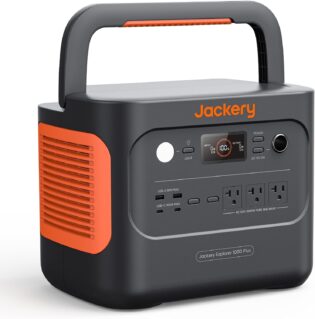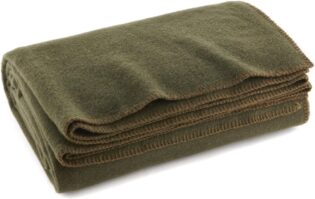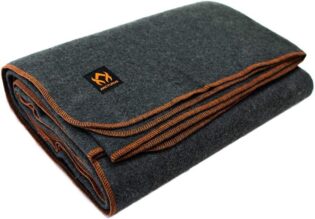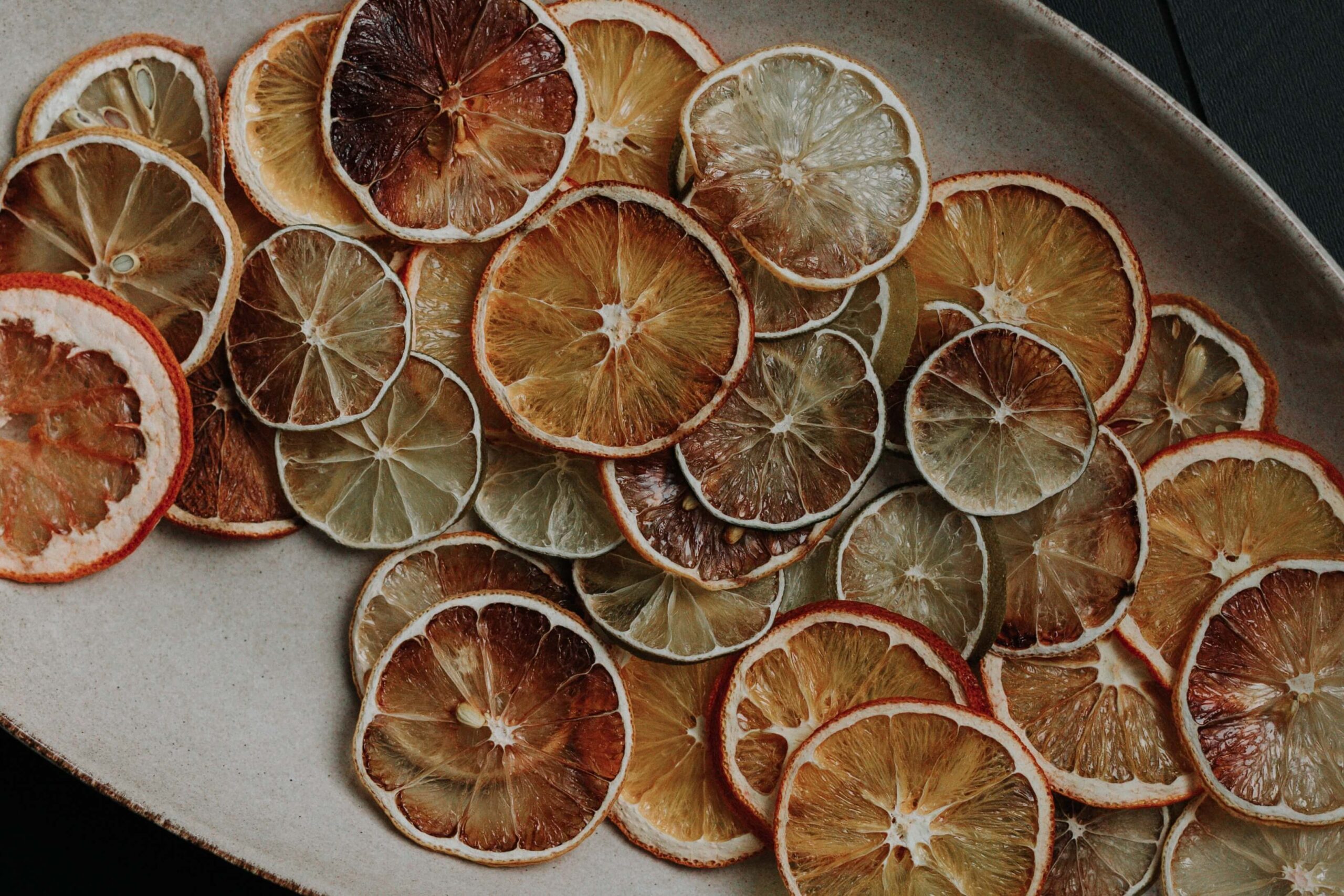
In the world of off-grid living, preserving food is a crucial aspect of self-sufficiency. Two popular methods of food preservation are dehydrating and freeze-drying. While both achieve the goal of extending the shelf life of food, they do so in fundamentally different ways and yield distinct results. Understanding the difference between a food dehydrator and a freeze dryer can help you choose the right method for your off-grid needs. Let’s delve into how each of these works and their pros and cons.
reviewed
New Nightwear Styles For Autumn
Choosing the right types of nightwear will make your sleep experience more relaxed. Open your closet and make a special room for all the different types of nightwear that deserve that space.
-
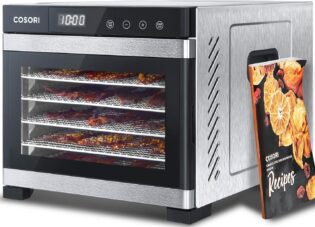
COSORI Food Dehydrator
$159.99
Food Dehydrator: The Traditional Approach
A food dehydrator removes moisture from food through the application of heat and air flow. It works by slowly heating food to a temperature that’s high enough to eliminate moisture but low enough to not cook it.
How It Works:
- Heat and Air Flow: A heating element raises the temperature inside the dehydrator, while a fan circulates the hot air. This process gradually dries out the food.
- Time: Dehydration can take several hours, depending on the type of food and the dehydrator.
Pros:
- Cost-Effective: Dehydrators are generally more affordable than freeze dryers.
- Easy to Use: The process is straightforward and doesn’t require much monitoring.
- Energy Efficient: Most models consume relatively little electricity.
- Preserves Taste: Dehydrating retains the flavor of the food, sometimes even intensifying it.
- Compact and Portable: Dehydrators come in various sizes, suitable for small kitchens or off-grid cabins.
Cons:
- Texture Changes: Dehydrated food can become chewy or hard.
- Limited Shelf Life: Dehydrated foods typically have a shorter shelf life than freeze-dried foods.
- Nutrient Loss: Some vitamins, particularly heat-sensitive ones, can be lost during the dehydration process.
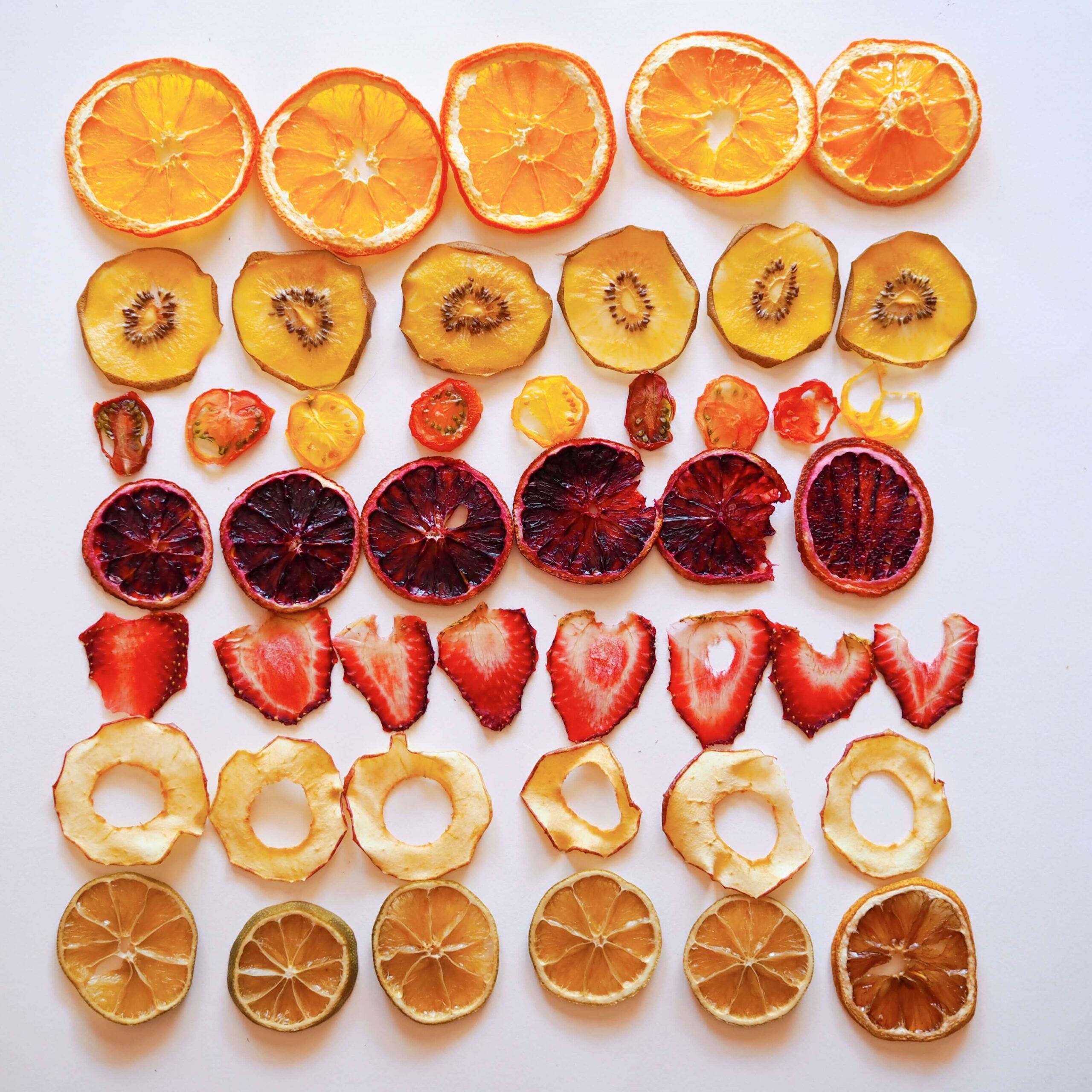
Freeze Dryer: The Modern Method
Freeze drying, also known as lyophilization, involves freezing the food and then reducing the surrounding pressure to allow the frozen water in the food to sublimate directly from ice to vapor.
How It Works:
- Freezing: The food is first frozen solid.
- Vacuum and Low Heat: The frozen food is then placed under a vacuum. A small amount of heat is applied, allowing the ice to transition directly into vapor without passing through a liquid phase.
Pros:
- Long Shelf Life: Freeze-dried foods can last for years without spoiling.
- Nutrient Preservation: This method retains most of the nutrients in the food.
- Lightweight and Easy to Store: Freeze-dried foods are incredibly lightweight and easy to store.
- Rehydration Quality: Freeze-dried foods rehydrate quickly and more completely, maintaining much of their original texture and flavor.
Cons:
- Cost: Freeze dryers are significantly more expensive than dehydrators.
- Energy Consumption: They typically consume more energy.
- Size and Weight: Freeze dryers are often larger and heavier, making them less portable.
- Operation Complexity: The process can be more complex and time-consuming.
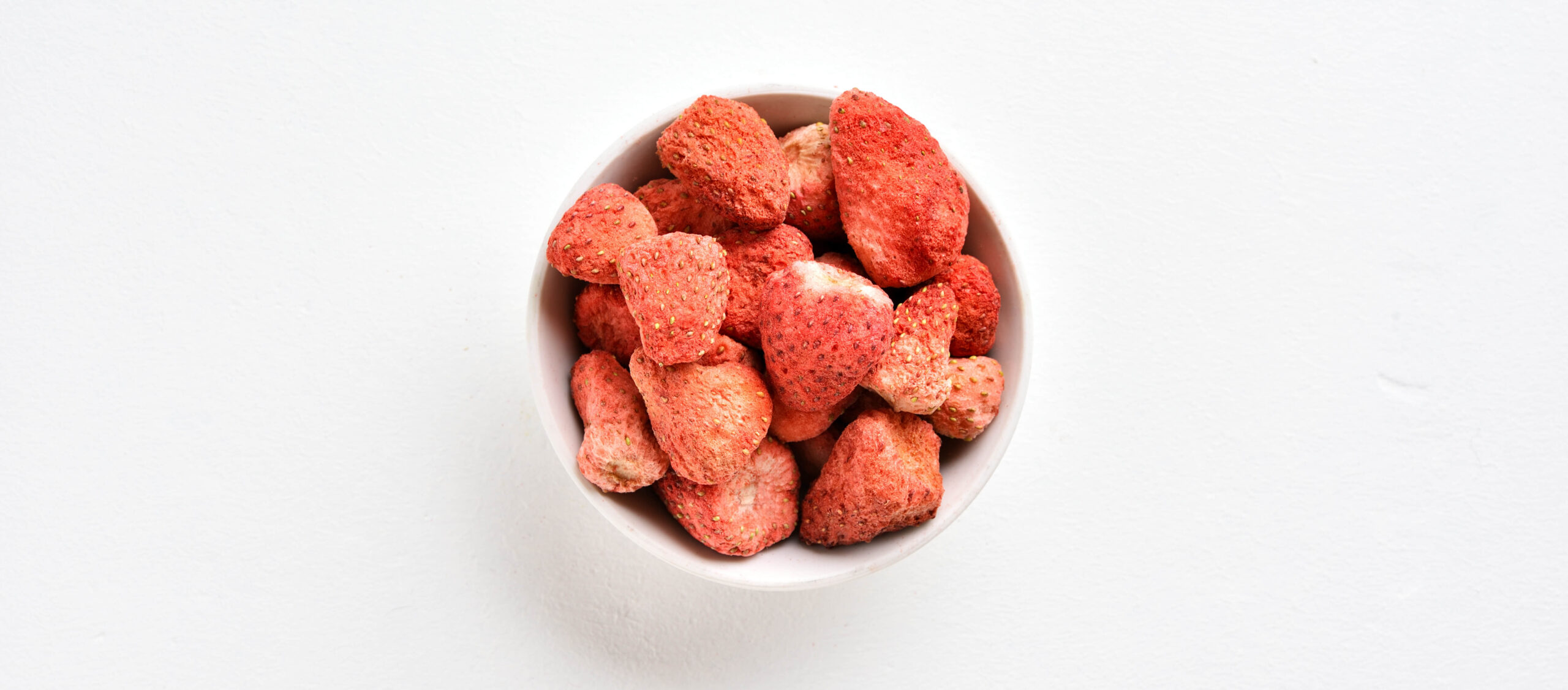
Self-sufficiency is not just a way of living; it's a journey towards self-empowerment, where every skill learned and every challenge overcome brings you one step closer to your most authentic and independent self.
Choosing the Right Method for You
Consider Your Needs:
- Shelf Life: If you need foods to last for years, freeze-drying is the better option.
- Cost and Space: For a more budget-friendly and space-efficient option, a dehydrator is ideal.
- Nutrient Retention: If nutrient preservation is a priority, particularly for long-term storage, consider freeze drying.
- Usage: Think about whether you’ll be using the preserved food primarily for snacks, cooking, or emergency preparedness.
Both food dehydrators and freeze dryers offer effective ways to preserve food, but they serve different needs and budgets. Dehydrators are excellent for creating snacks like dried fruits, jerky, and trail mix, while freeze dryers are ideal for preserving a wide range of foods for long-term storage, including full meals. In the end, the choice depends on your specific requirements, budget, and how you plan to use the preserved foods in your off-grid lifestyle.
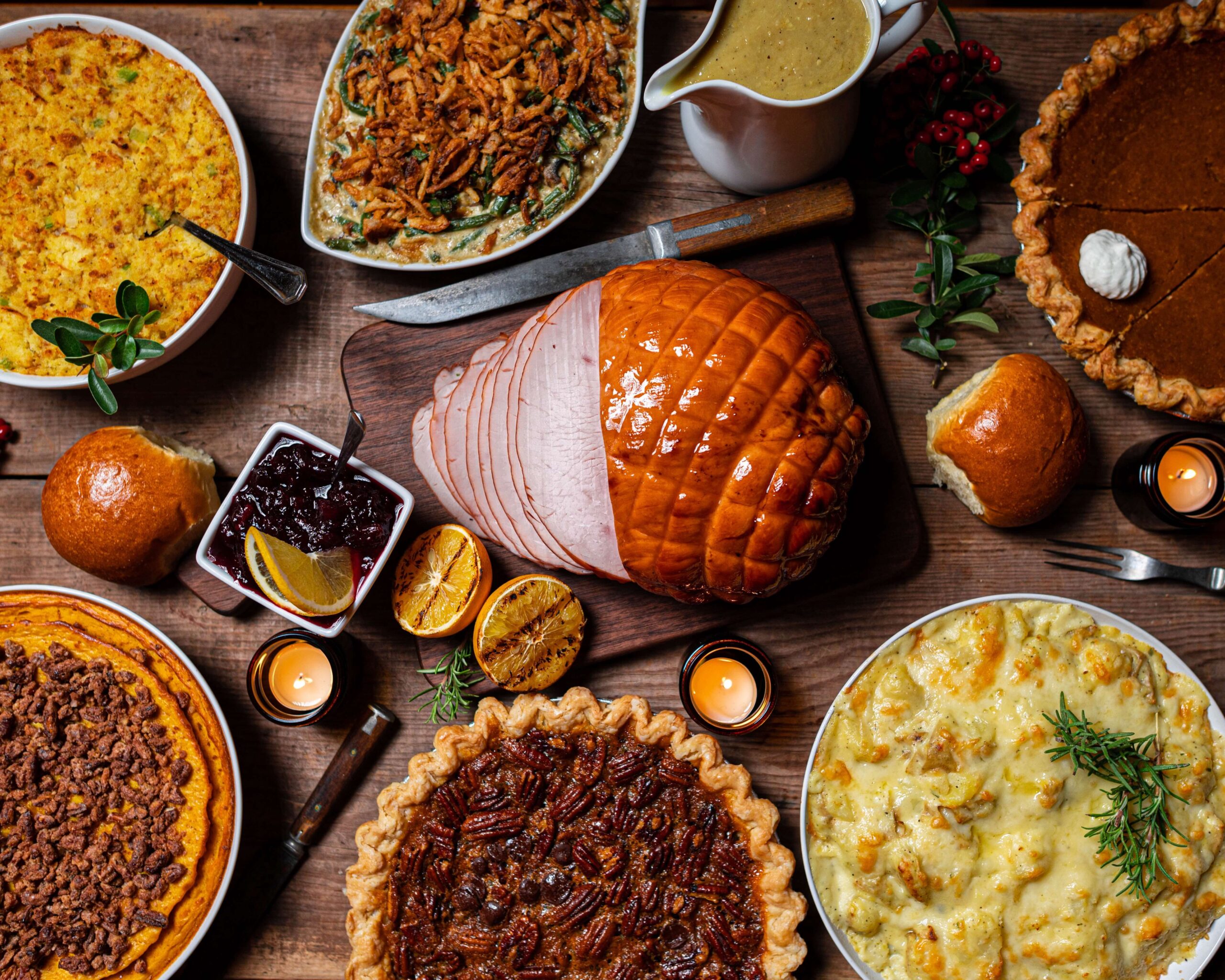
Preserving Thanksgiving Leftovers
Thanksgiving brings not just a day of feasting but also the inevitable bounty of leftovers. Transforming these into preserved delights means you can relish the flavors of Thanksgiving all year round.
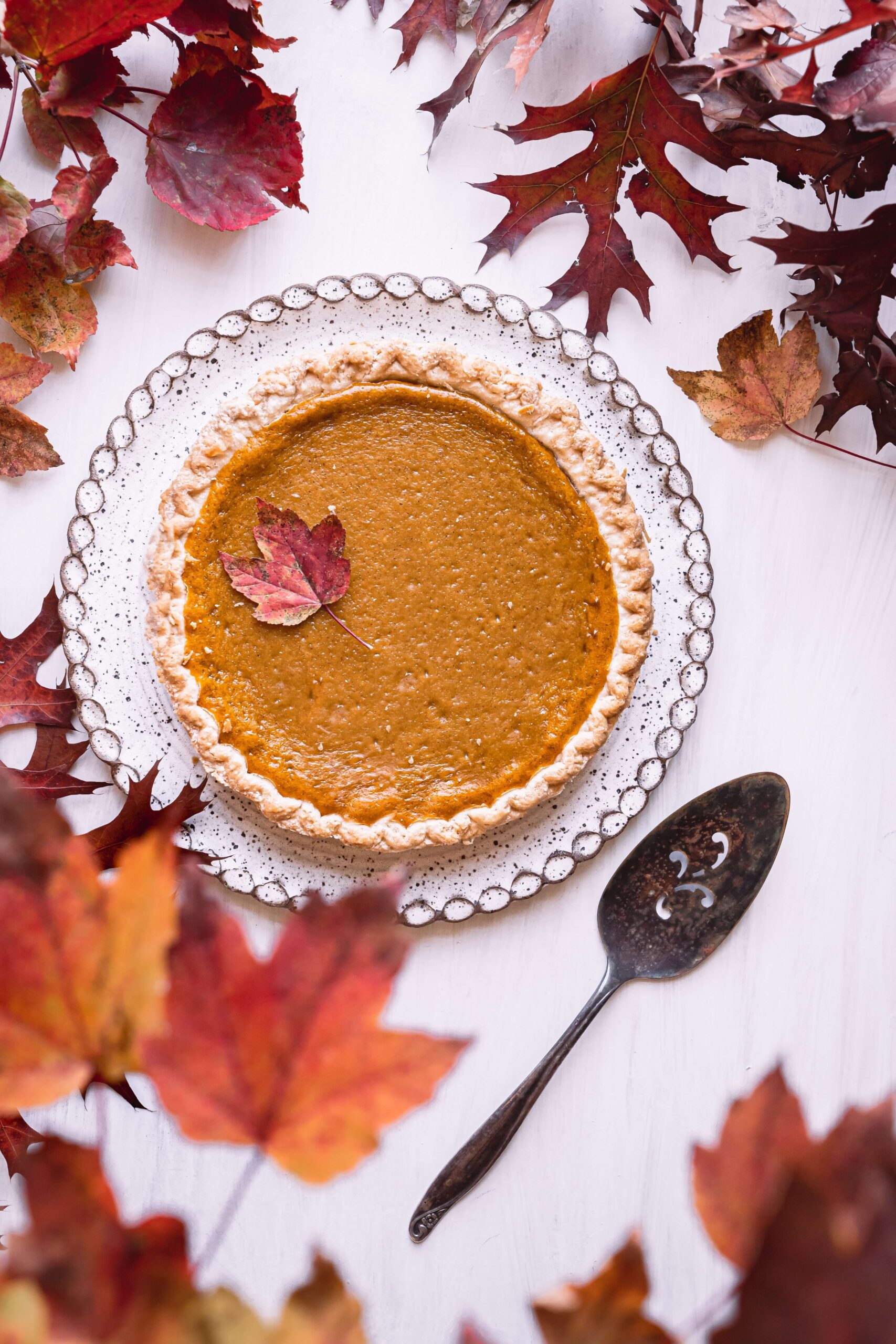
The Perfect Thanksgiving Pumpkin Pie Recipe
Thanksgiving is a time of warmth, gratitude, and of course, delicious food. Living off-grid doesn’t mean you have to miss out on traditional holiday treats. In fact, it offers a unique opportunity to connect more deeply with the food you prepare.
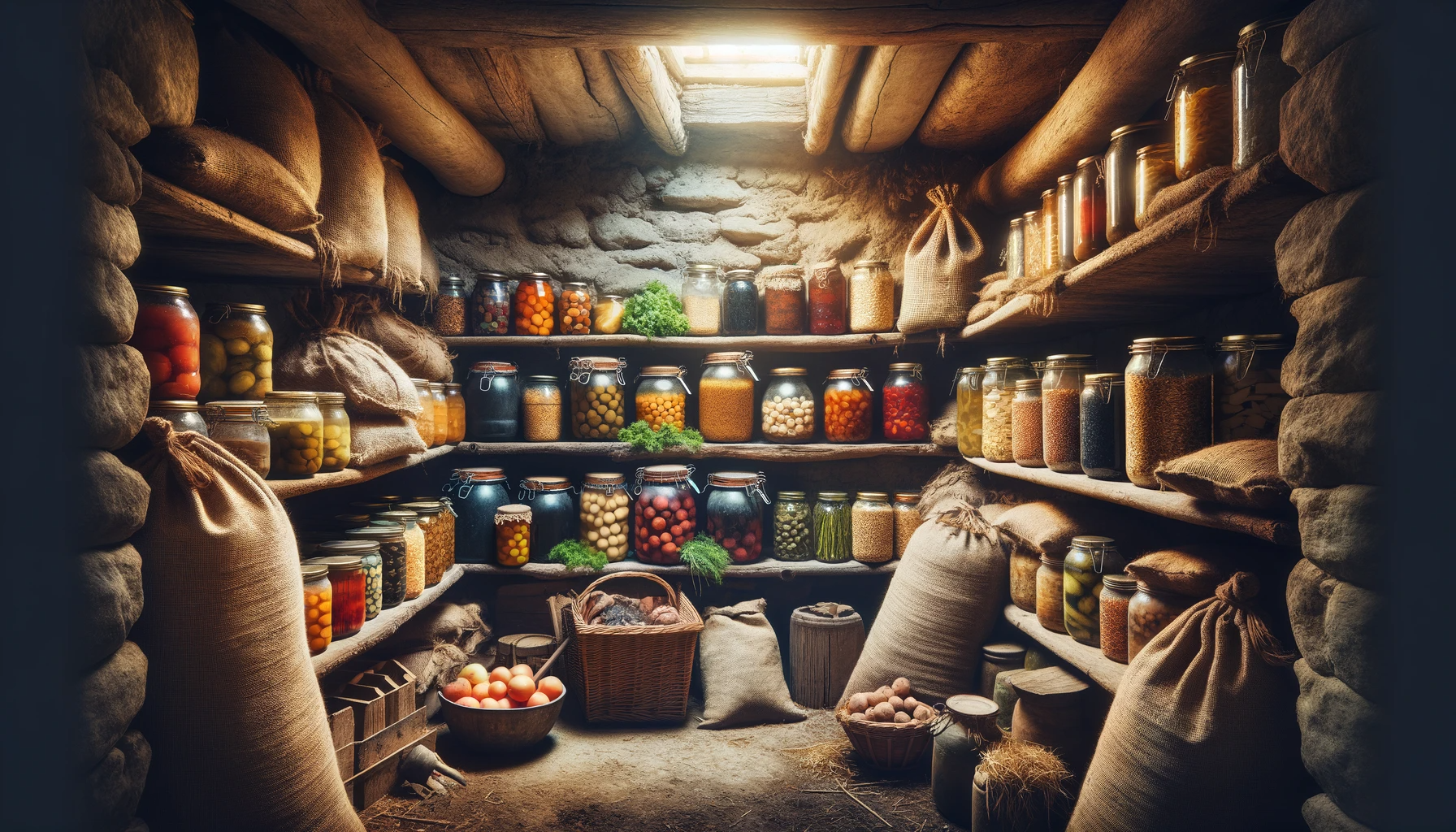
Building A Root Cellar: The Benefits of Storing Food Underground
Embracing the wisdom of our ancestors can lead to innovative solutions for modern-day sustainability. One such gem is the root cellar, an underground room used to store fruits, vegetables, nuts, and other perishable foods.

